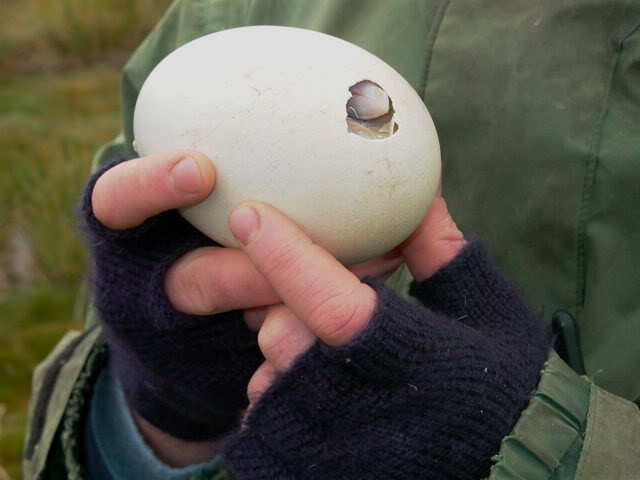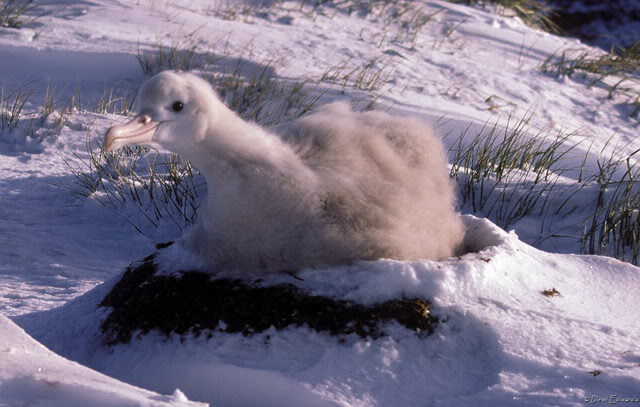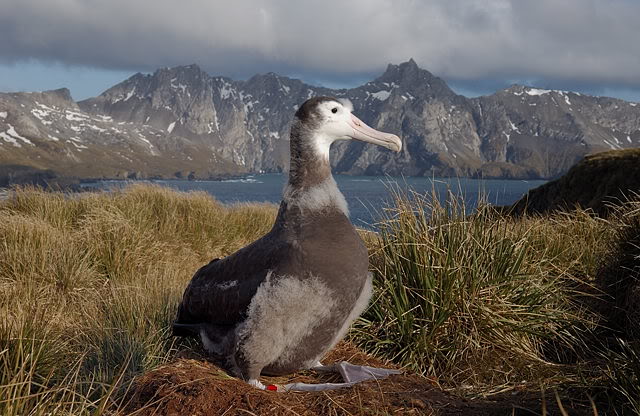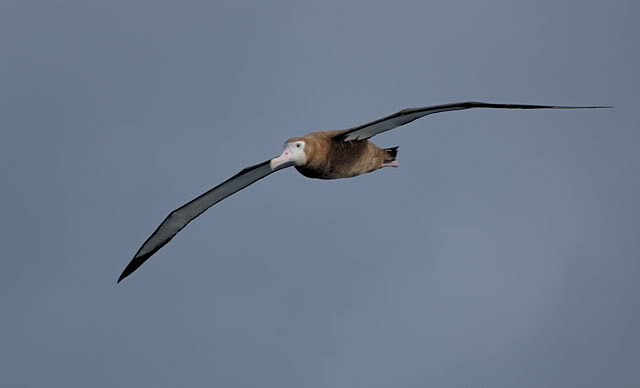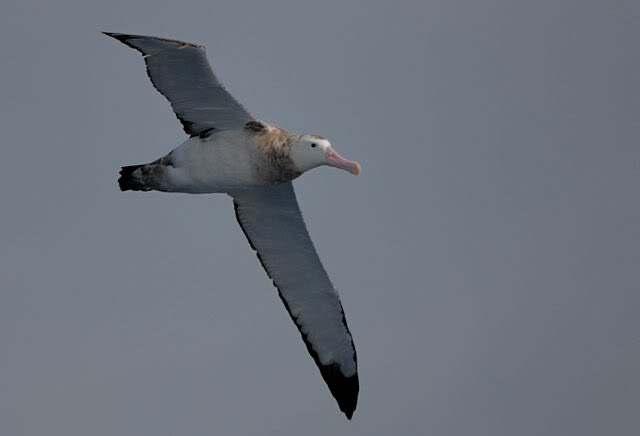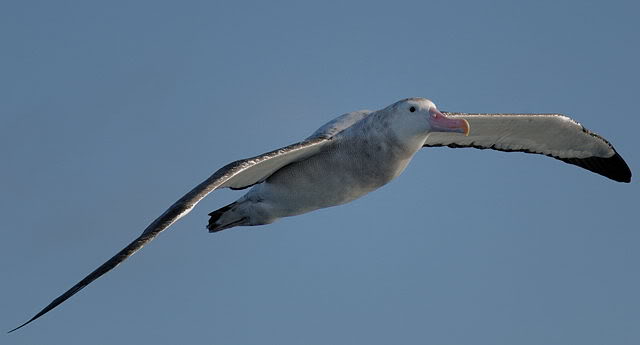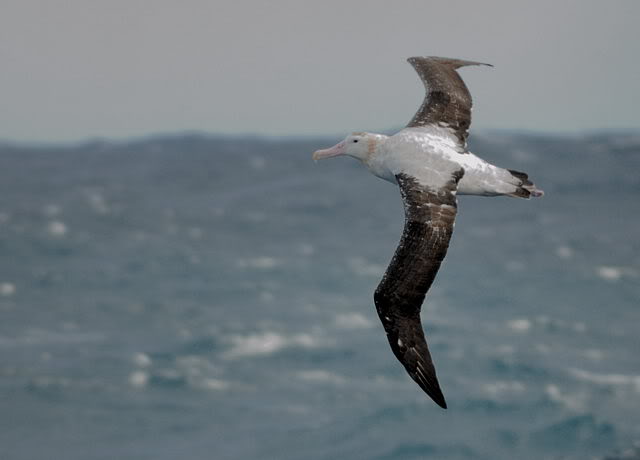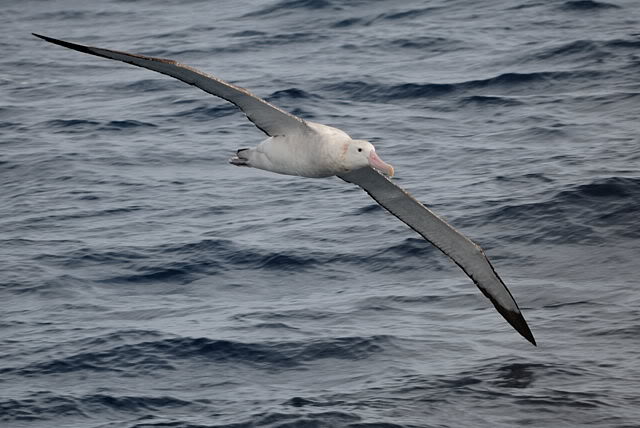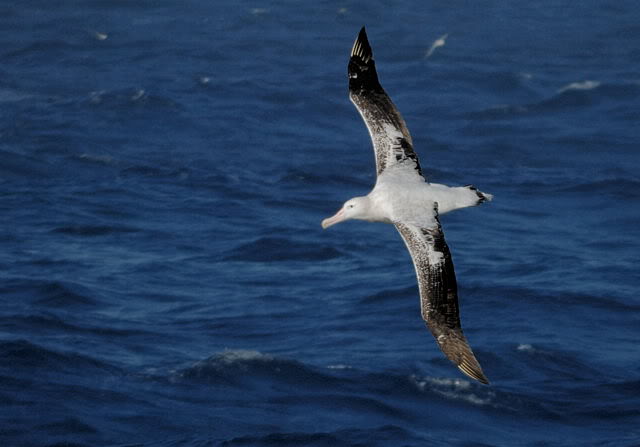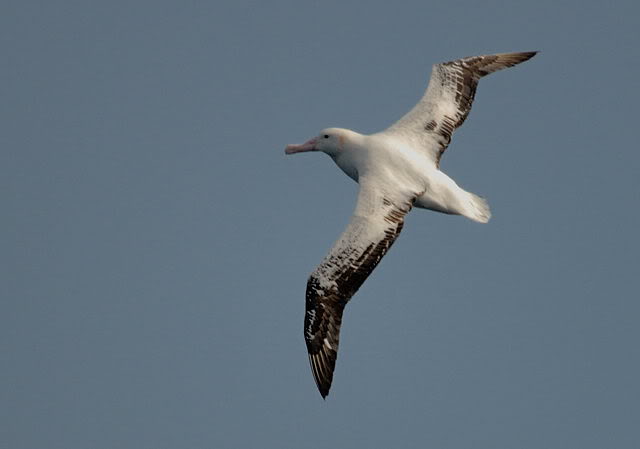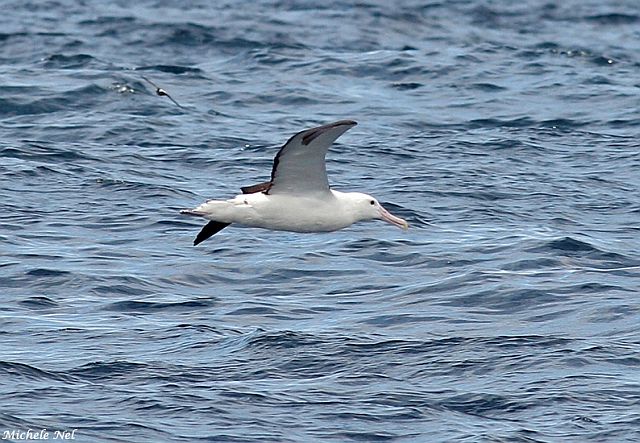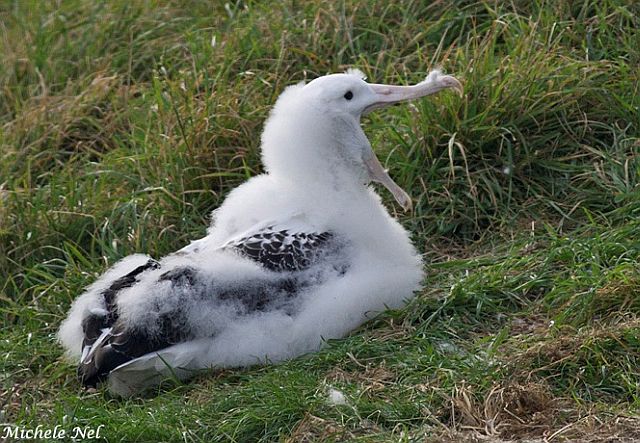Magellanic Penguin
Posted: Mon May 21, 2012 7:42 pm
927. Magellanic Penguin Spheniscus magellanicus Magellaanse Pikkewyn
Order: Sphenisciformes. Family: Spheniscidae
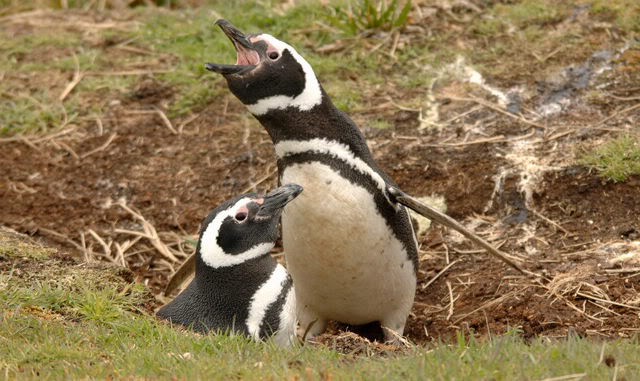
Description
70-76 cm. Similar to African Penguin, but note double band on breast (beware that some African Penguins also show a double band). Larger than African, with less pink around the eye and a white line below the bill.
Distribution
During the breeding season, colonies of Magellanic penguins can be found along the Atlantic and Pacific coasts of southern South America, as far north as Golfo San Matías in Argentina and Puerto Montt in Chile. Colonies also occur on several offshore islands, including the Falklands. Outside the breeding season, the Magellanic penguin takes to the ocean, migrating north as far as Peru and Southern Brazil. It is a rare vagrant to the Antarctic Peninsula, South Georgia, Tristan da Cunha, southern Australia, New Zealand and southern Africa. Here it has been recorded once at Cape Town harbour, Western Cape in 1998, probably because it hitched a ride with a ship that docked there.
Habitat
Oceanic, coming ashore only to breed and moult.
Diet
It mainly eats pelagic schooling fish, supplemented with crustaceans and squid, diving up to a depth of about 100m, usually less than 70 m.
Breeding
The nests of Magellanic penguins comprise either a simple scrape, often hidden under vegetation, or, where soil conditions permit, a burrow in soft soil or peat. After mating, a clutch of two eggs is usually laid, which are incubated by both adult birds, with each taking an initial long shift of just over two weeks, while the other forages in the ocean. Towards the end of the 39 to 42 day incubation period, the incubation shifts become much shorter. Once hatched, the young are brooded for 24 to 29 days, during which time they grow a rudimentary layer of feathers that helps them to maintain their body temperature. The adults then leave the young unattended and only return to feed them every one to three days. After 40 to 70 days the chicks fledge, usually between January and March, and the adults moult their feathers in preparation for returning to the sea.
Call
Listen to Bird Call.
Status
A very rare vagrant to the region, probably involving a ship assisted bird.
Order: Sphenisciformes. Family: Spheniscidae

Description
70-76 cm. Similar to African Penguin, but note double band on breast (beware that some African Penguins also show a double band). Larger than African, with less pink around the eye and a white line below the bill.
Distribution
During the breeding season, colonies of Magellanic penguins can be found along the Atlantic and Pacific coasts of southern South America, as far north as Golfo San Matías in Argentina and Puerto Montt in Chile. Colonies also occur on several offshore islands, including the Falklands. Outside the breeding season, the Magellanic penguin takes to the ocean, migrating north as far as Peru and Southern Brazil. It is a rare vagrant to the Antarctic Peninsula, South Georgia, Tristan da Cunha, southern Australia, New Zealand and southern Africa. Here it has been recorded once at Cape Town harbour, Western Cape in 1998, probably because it hitched a ride with a ship that docked there.
Habitat
Oceanic, coming ashore only to breed and moult.
Diet
It mainly eats pelagic schooling fish, supplemented with crustaceans and squid, diving up to a depth of about 100m, usually less than 70 m.
Breeding
The nests of Magellanic penguins comprise either a simple scrape, often hidden under vegetation, or, where soil conditions permit, a burrow in soft soil or peat. After mating, a clutch of two eggs is usually laid, which are incubated by both adult birds, with each taking an initial long shift of just over two weeks, while the other forages in the ocean. Towards the end of the 39 to 42 day incubation period, the incubation shifts become much shorter. Once hatched, the young are brooded for 24 to 29 days, during which time they grow a rudimentary layer of feathers that helps them to maintain their body temperature. The adults then leave the young unattended and only return to feed them every one to three days. After 40 to 70 days the chicks fledge, usually between January and March, and the adults moult their feathers in preparation for returning to the sea.
Call
Listen to Bird Call.
Status
A very rare vagrant to the region, probably involving a ship assisted bird.
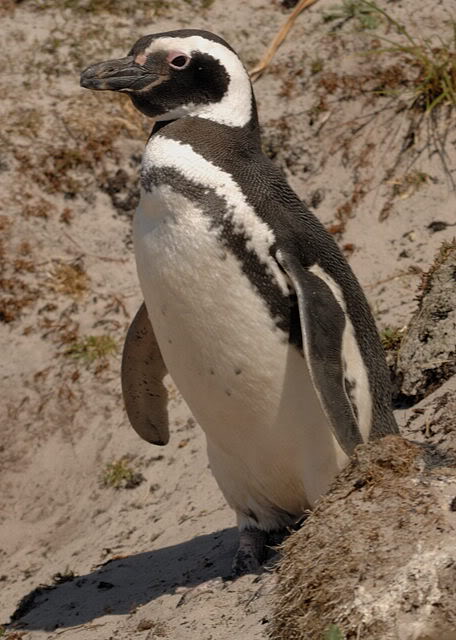
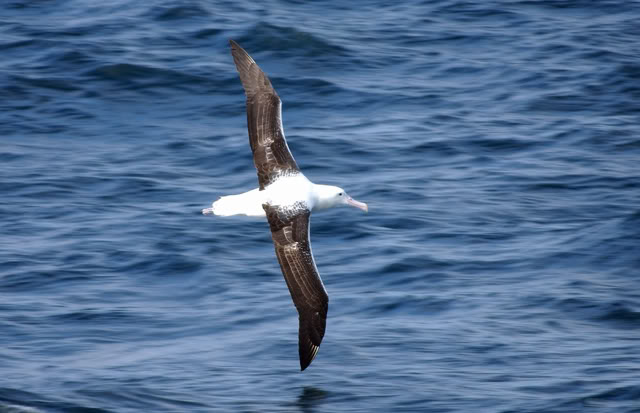
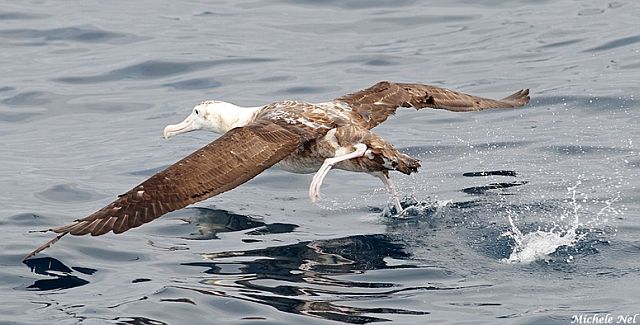 © Michele Nel
© Michele Nel